|
|
High-speed train yard
High-speed rail has developed rapidly in China over the past 15 years with substantial funding from the
Chinese government, especially the economic stimulus program during the Great Recession. The removal
of Railway Minister, Liu Zhijun for corruption and a fatal railway accident near Wenzhou in 2011 raised
concerns about safety as well as affordability, financial sustainability and environmental impact. China's early
high-speed trains were imported or built under technology transfer agreements with foreign train-makers,
including Alstom, Siemens, Bombardier and Kawasaki Heavy Industrie. Following the initial technological
transfer is over, Chinese engineers have re-designed internal train components and built indigenous trains
manufactured by the state-owned CRRC Corporation★, the world largest railroad-car company.
The HSR building boom continues with the HSR network set to reach 38,000 km in 2025.
Source: Wikipedia
★中国中車
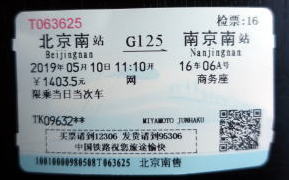
A ticket of the high-speed train to Nanjing
、
(L) A car porch to the Beijing train station (R) A business-class lounge at Beijing station
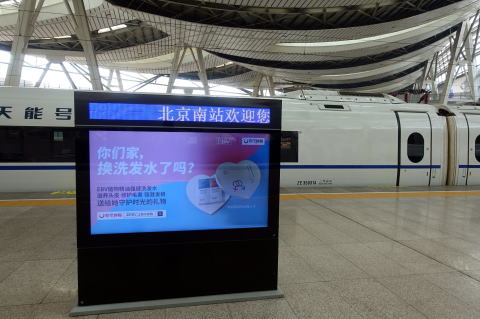
A high-speed train is waiting for departure.
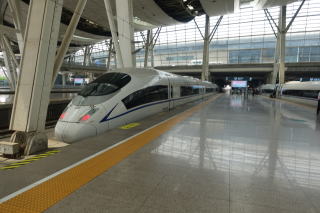
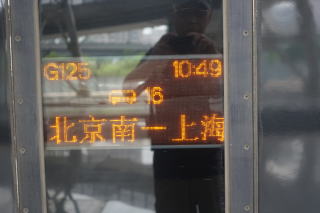
(L) A platform of Beijing station (M) An electric destination display (R) A railway track continues all main areas of China.
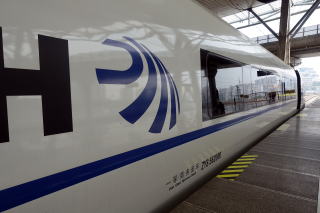
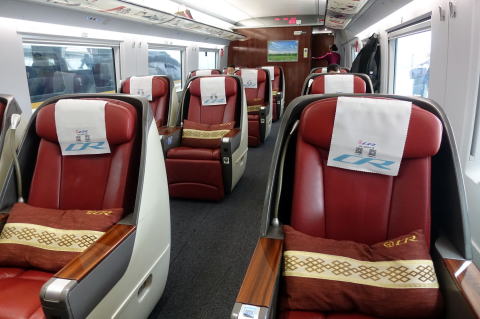
A business-class vehicle and seats: Maximum capacity is sixteen passengers.
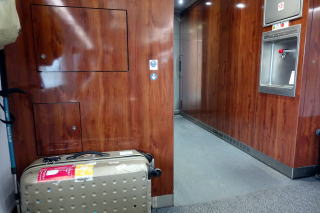
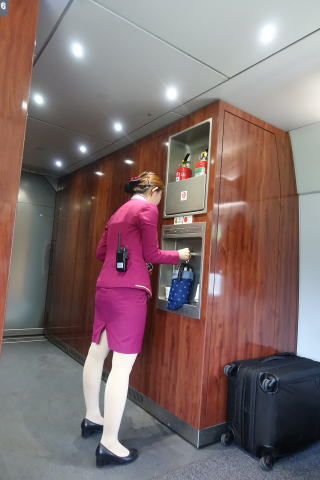
A space of the business-class vehicle is wide. Female train attendant serves drinks and snack cookies.
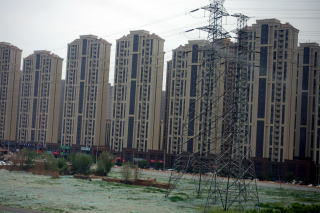
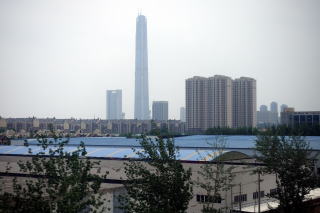
(L) A passenger can watch a scene of high-raised apartment houses through a car window.
(R) A special lunch served for passengers of the business-class vehicle.


(L) A special lunch served for passengers of the business-class vehicle.(R) Multiple pagoda seen from the train window
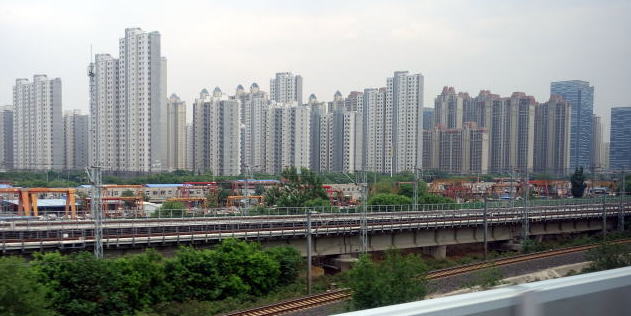
(L) High-rase buildings in Jinan: Most of them are residence.(R) Hilly areas dotted in the plains.
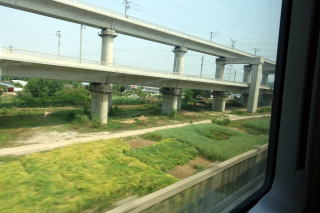
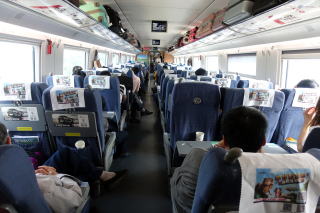
(L) Double-deck raiiway track (M) Second-class seats consist of 2 plus 3 in one lane. (R) Business-class seats in a compartment
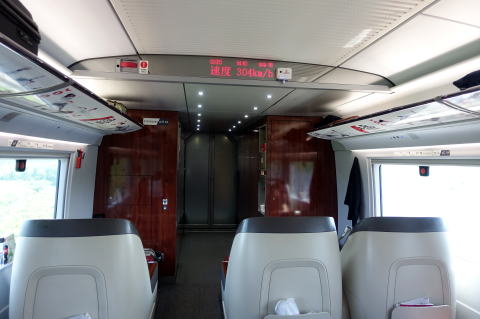
(L) Business-class seats viewed from a backside (R) A cafeteria vehicle of the high-speed train
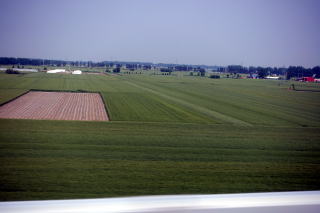
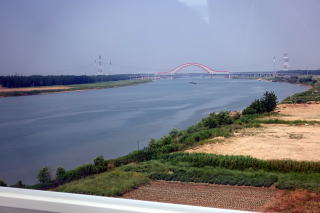
(L) A cultivated land with rich green (M) A river and a bridge, decorated with red color (R) Frist-class seats of a high-speed train
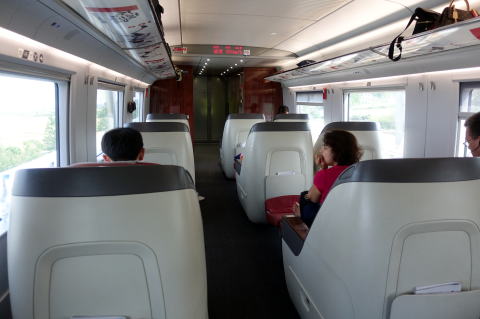
(L) Business-class seats: The present train speed is 305 Km/H, which is shown in the electric bulltin board.
(R) The board shows that temperature outside is 31℃.
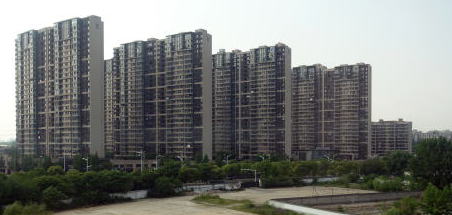
High-raise apartment buildings near Nanjing
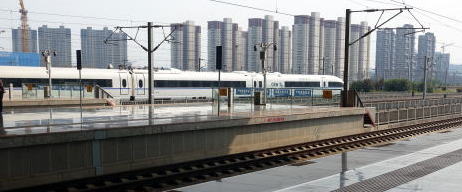
A high-speed train is arriving at Nanjing station
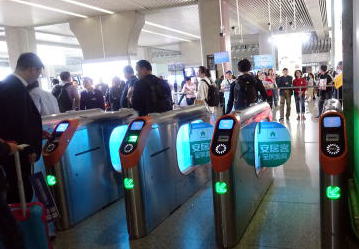
(L) Automatic ticket gate (R) A ticket of the high-speed train to Shanghai
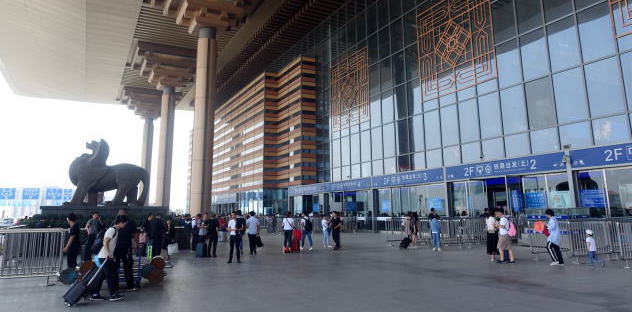
(L) The front view of Nanjing station
(R) A security check point before riding the train at the Nanjing station: All passengers have to show ID (passport ) and the ticket.
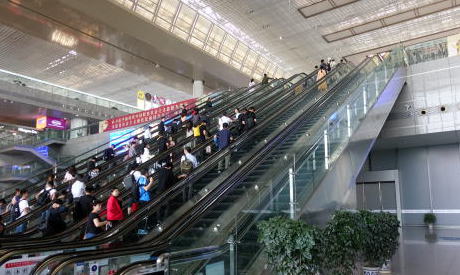
(L) A train passenger goes up to the departure lobby of Nanjing station
(R) A departure lobby of the Nanjing South Railway Station
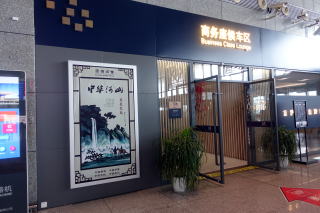
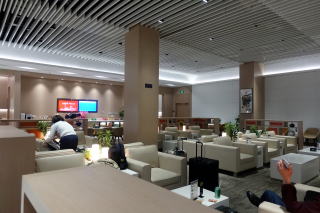
(L) Business-class lounge at Nanjing station (M) Inside of the lounge (R) An escalator to the platform
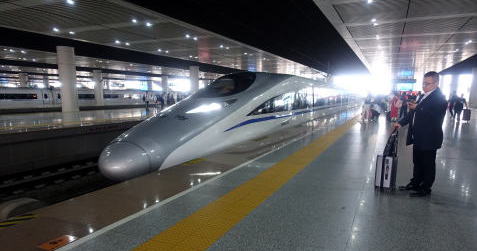
(L) A high-speed train is entering to the Nanjing station. (R) A female train attendant is distributing drinks and snack candy.
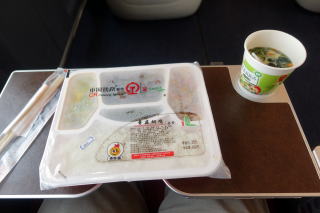
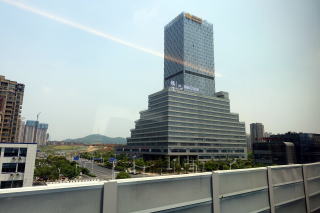
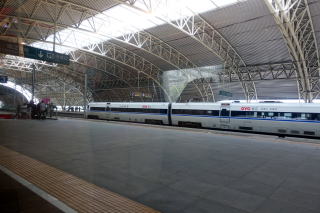
(L) Packed meal and soup were delivered to the business-class car seat.
(R) Zhenjiang building and train station
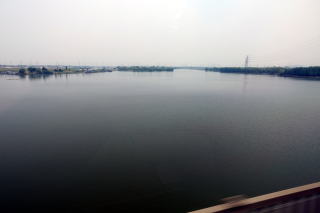
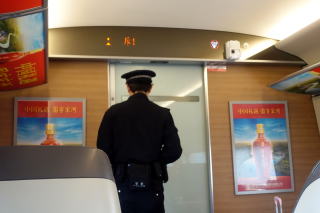
(L) Train runs along the Yangtze riverside.(M) Police officer looks around inside of a car.
(R) Through a car window, we enjoy a lush scene spreads out.
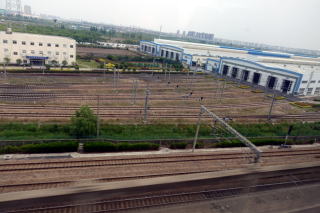

A rail yard of the high-speed trains near Shanghai
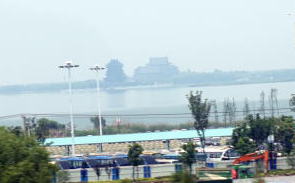
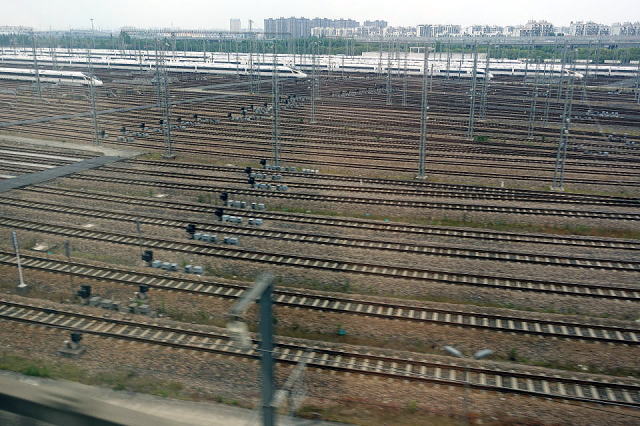
(L) A train is approaching to Shanghai (R) A rail yard of the high-speed trains near Shanghai
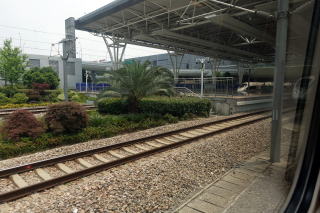
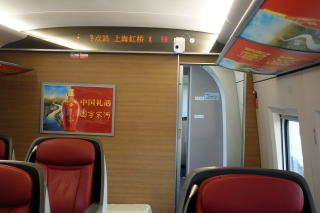
(L) Th train is entering to Shanghai Railway Termainal. (M) Electric bulletin board showed we are arriving at Shanghai Terminal.
(R) Platform of Shanghai station
Shanghai Termanal Station
●青色:時速 300KM/H 可能鉄路 ● 緑色:時速 200-299 KM?H 鉄路 地図原作:by Howchou
世界最長の営業距離を誇り、2018年には香港にまで鉄道網を伸ばした中国の高速鉄道。しかし、ほとんどの路線が
赤字経営という問題もあるようだ。中国メディアの今日頭条は、中国高速鉄道が「毎年赤字」である理由を分析する
記事を掲載した。高速鉄道は中国人の生活を大きく変えたと言えるだろう。広大な中国を短時間で移動できるように
なった。北京ー香港間の場合、従来の鉄道では約24時間かかっていたところ、今では高速鉄道を利用すれば9時間で
移動できる。北京ー上海間では時速300Km/H以上で走行、所要時間は最速、4時間30分以内である。
中国では旧正月など長期休暇では満席になるものの、休暇期間以外は空席が目立ち、旅行者やビジネス客などの
需要が大きい北京―広東、北京―上海、上海―昆明といった区間を除き、中部・西部方面の乗客は少なく、ウルムチ
に近くなればなるほど車内はガラガラになるという。中国の高速鉄道建設は、国家プロジェクトのため銀行からの
融資は優遇されているが、建設コストは決して安価ではなく、1キロメートルあたり1億元(16億6000万円)の他、
莫大な維持費もかかる。このまま赤字経営が続いた場合、安全な運行を続けられるのか一抹の不安材料となる。
記事参照:2019年3月19日、モーニングスター
Wenzhou Train Collision
2011年温収支鉄道衝突脱線事故( Wikipedia )
北京―上海間などの高速鉄道座席は予約制だが、1か月前の段階から、ビジネスクラスの席から埋まってゆく。次は
1等車、最後に2等車となる。高速鉄道でも停車する駅の数に比例して行き先までの所要時間が約2倍近く変わる。
乗車券代金は変わらないので最速の電車ほど早く座席が埋まる。ビジネスクラス席は日本の新幹線のグランクラス
より座席数も少なく、豪華である。弁当や駄菓子、飲み物などが提供されるが、1時間ほど乗車した南京ー上海間
でも同様のサービスがあった。やはり中国なのであろう、座席のクッションなどは乗客が降りてから片づけるので
はなく、持ち去らないように降車直前に係員が撤去する。車内電光掲示板に英語表記も出るが、現在の走行速度、
外気温などが表示されるのは、欧州の鉄道と同じである。JR東海やJR西日本新幹線で頻繁に表示される、とても
恥ずべき「おタバコをお吸いの方は何号車と何号車の喫煙室をご利用ください」などの表示やアナウンスは絶対に
あり得ないし、世界で唯一、日本だけの代物である。
High-speed-train ride between Beijing and Shanghai
Harsher punishment for smoking on high-speed trains
ChinaDaily
China Railway Corporation, the nation's railway operator, in August 2016, issued new rules further to tighten
up the smoking ban on trains, saying that any passengers who are caught twice violating the ban will be
forbidden to purchase any high-speed train tickets across China.A violator of the no-smoking rule may be
fined up to 2,000 yuan ($300).
China in 2019
Arrival to Beijing Airport
High-grade Hotels in Beijing
Great Wall in China
Forbidden City in Beijing
Jingshan Park and Temple of Heaven, Beijing
Summer Palace in Beijing
Beijing Restaurants
High-speed train in China
Hotels in Nanjing and Shanghai
Metro in Nanjing and Shanghai
Cities of Nanjing and Shanghai
A fast-growing nation, China
Smoking ban in China in 2019
Departure from Shanghai Airport
Shanghai in 2013
Shanghai's Smoking Ban
Smoking Ban in Restaurant looks hazy
Smoking Ban in Restaurant appeared to fail.
Suzhou
Shanghai
Shanghai Hotels
Shanghai Railways
Shanghai Life
Smoking in Shanghai in 2013
Railway Travel around the World
All railway trains should be completely smoke -free.
中国高速鉄道
執筆 医学博士 宮本順伯
★This Web site is link-free.
This information was provided by the Smokefree Hotel and Travel.
The article was written and photograph was taken in May 2019, by Junhaku Miyamoto, M.D., PhD.
Copyright (C) 2019 Junhaku Miyamoto, All rights reserved.
|